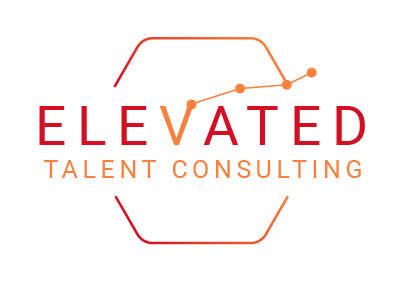Creating a People Strategy That is Aligned to Your Business Strategy
By Traci Scherck, MPA, SPHR, SHRM-SCP
Have you ever hired someone and then a short time later think, “where did you come from?” and/or “where is the person I hired?” This situation happens all the time. Yet why and how does this happen? This happens because the organization is hiring off of one set of criteria, the knowledge, skills, and abilities that they believe that they need for the role. What they are not looking at, is can the person do the job and will they do the job over a long period of time?
This situation happens all the time. Yet why and how does this happen? This happens because the organization is hiring off of one set of criteria, the knowledge, skills, and abilities that they believe that they need for the role. What they are not looking at, is can the person do the job and will they do the job over a long period of time?
When hiring, organizations must look the whole person and not just the skill set that is needed for the job. The key is that there is a match between the whole person and the organization. When we hire for the whole person, we are looking at what we like to call The Head, The Heart and The Briefcase of the candidate.
- The Head is the behavioral drive and cognitive ability of the candidate. A fun fact, cognitive assessments when matched to the job needs result in a 46% higher long-term employment success!
- The Heart is the individuals' values, passions, interests and shared beliefs.
- The briefcase is the knowledge, skills and experience that a candidate brings to the organization.
We are not just hiring one, we are hiring all of these – the whole person shows up at work!
This framework is used in creating your people strategy that is then aligned to your business strategy. A people strategy is used to align your staff with the right role for them, their manager, team and organization. These are the four levers of employee engagement. If the organization does not have engaged employees, then the business strategy will not be successful. Let’s take a closer look at the other three levers.
Manager Fit – Employees typically leave managers. Yet, when we talk with managers, they state that they are doing the best that they can or that they are leading the way they feel they want to be led. This is what we call the Golden Rule. Yet, when employees feel heard and inspired by their manager many times, they are being led by the Platinum Rule, which is how they want to be led. Examples of this include uninterrupted work time, thinking through a problem vs. talking through a problem or collaborating on a project vs. doing that project solo.
Team Fit – Have you ever worked on a dream team? That team where you were a better version of yourself because of the people around, the synergy and the amazing outcomes that you created? When we like the people, we work with and improve our own performance, work is better.
Organization Fit – This is your organizational culture. Culture is the behaviors that happen over and over again in an organization and are allowed to happen. A culture is not good or bad, yet is your culture creating the environment needed for your employees to thrive and the business results to be met?
We have just described a people strategy. Do you have a strategy in place that aligns your business strategy to your business results? If you are unsure, there are two key places to look: 1) Are you meeting your business results? 2) Are your employees engaged? If not, now is the time to develop a people strategy that drives employee engagement and business results.



 This post is locked to comments.
This post is locked to comments.
